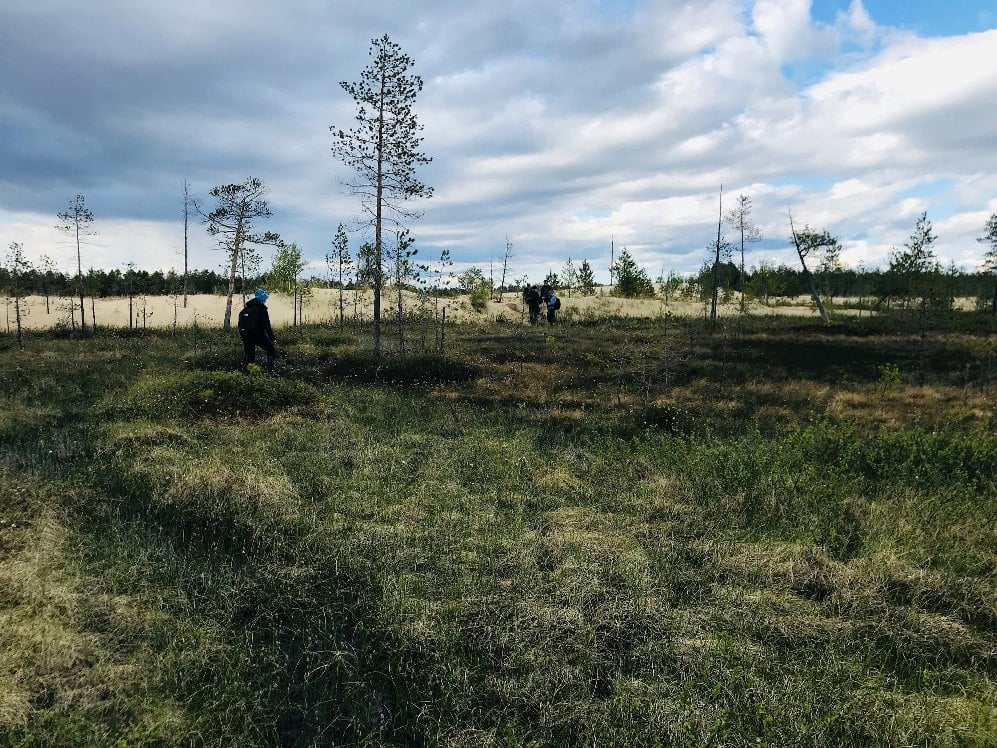Ecology, Biogeography and Evolutionary Biology of Peatlands
A special issue of Diversity (ISSN 1424-2818). This special issue belongs to the section "Biodiversity Conservation".
Deadline for manuscript submissions: closed (31 January 2021) | Viewed by 23215
Special Issue Editors
Interests: plant ecology; functional ecology; biogeography; metacommunities; tropical ecosystems; temperate grasslands
Special Issues, Collections and Topics in MDPI journals
Special Issue Information
Dear Colleagues,
Peatlands are remarkable for their specific biodiversity and ecosystem functioning. They provide the essential services of water regulation and provision and carbon storage. They are dominated by ecosystem engineers, such as peat mosses, that determine abiotic and biotic conditions for other organisms. These specific conditions have shaped original evolutionary pathways and adaptations. The accumulation of peat provides invaluable archives of past environmental and vegetation conditions. Yet peatlands face many threats, especially those related to anthropogenic activities. In all biomes, wetlands are converted and peatlands decrease in surface area or are degraded. Global warming is liable to deeply change peatland functioning and to convert peatlands from carbon sinks to carbon sources at high latitudes. In this context, this Special Issue will include contributions highlighting the current ecological health of peatlands in different biomes, and proposing perspectives for their conservation and management. We also hope to present contributions on the evolutionary ecology and biogeography of peatlands, shedding light on their past to better forecast their contribution to future ecosystem functioning.



Prof. François Munoz
Prof. Dr. Mariusz Lamentowicz
Guest Editors
Manuscript Submission Information
Manuscripts should be submitted online at www.mdpi.com by registering and logging in to this website. Once you are registered, click here to go to the submission form. Manuscripts can be submitted until the deadline. All submissions that pass pre-check are peer-reviewed. Accepted papers will be published continuously in the journal (as soon as accepted) and will be listed together on the special issue website. Research articles, review articles as well as short communications are invited. For planned papers, a title and short abstract (about 100 words) can be sent to the Editorial Office for announcement on this website.
Submitted manuscripts should not have been published previously, nor be under consideration for publication elsewhere (except conference proceedings papers). All manuscripts are thoroughly refereed through a single-blind peer-review process. A guide for authors and other relevant information for submission of manuscripts is available on the Instructions for Authors page. Diversity is an international peer-reviewed open access monthly journal published by MDPI.
Please visit the Instructions for Authors page before submitting a manuscript. The Article Processing Charge (APC) for publication in this open access journal is 2600 CHF (Swiss Francs). Submitted papers should be well formatted and use good English. Authors may use MDPI's English editing service prior to publication or during author revisions.
Keywords
- ecosystem services
- ecosystem engineers
- ecological specialization
- biodiversity dynamics
- niche construction
- global changes
- palynology






